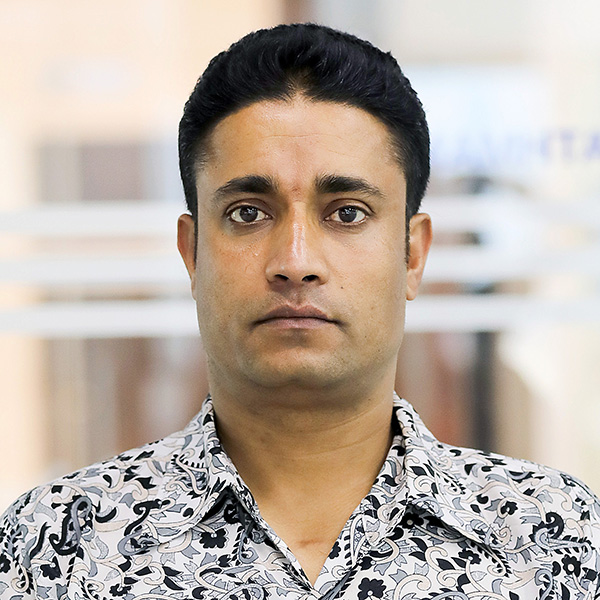Money
Slow capital expenditure continues to bedevil development projects
The KP Sharma Oli administration, which has a two-thirds majority in Parliament, had claimed it would show visible development progress but has continued the longstanding and perennial problem—slow and last-hour budget expenditure—this year as well.
Rajesh Khanal
The KP Sharma Oli administration, which has a two-thirds majority in Parliament, had claimed it would show visible development progress but has continued the longstanding and perennial problem—slow and last-hour budget expenditure—this year as well.
The government has been left with 62 percent of the capital budget that needs to be spent within the last two months of the fiscal year despite the tall promise of development. Given past trends, the government seems to spend nearly 50 percent of the capital budget in the last two months of the fiscal year.
As of Sunday, with almost 10 months of the current fiscal year passed, the government has been able to spend only 38 percent of the Rs313.99 billion allocated for capital expenditure, according to the Financial Comptroller General Office that tracks day-to-day budget expenditure records.
Government officials, however, are optimistic that capital expenditure will break all records this fiscal year. During a recent meeting of the parliamentary Finance Committee, government officials informed lawmakers that they expected the highest ever capital expenditure to be made this fiscal year due to the reconstruction drive and progress of many infrastructure projects. Capital expenditure in fiscals 2015-16 and 2016-17 reached 59 and 66 percent respectively of the targeted amounts. In the last fiscal year, capital expenditure reached 84 percent. This year, by amending over five dozen laws, the government had moved to ensure faster pace of development work.
According to the government’s claim, a major portion of the budget this fiscal year has been spent on the construction of more than 100 bridges and roads such as Mid-Hill Highway and Kanti Highway.
The Central Bureau of Statistics has revised the country’s growth rate to 6.81 percent for this fiscal year.
Analysts said slow capital spending was due to the government’s apathy towards controlling corruption and flaws in project management. “Although a number of laws including the Public Procurement Act was revised, many government officials ‘look for commission’ while awarding project contracts,” economist and former finance secretary Rameshwor Khanal claimed.
He added that government authorities themselves created hurdles to project progress by frequently transferring technical manpower to obtain undue benefits.
He gave an example of Gautam Buddha International Airport and Mid-Hill Highway whose construction has come to a halt due to irresponsibility development work. “The government has been deliberately delaying sending explosive materials to the project site of the Mid-Hill Highway. It has also delayed payment to the airport project in Bhairahawa,” he said.
Dipendra Bahadur Chhetri, former vice-chairman of the National Planning Commission, also pointed out that capital expenditure was slow due to lack of working modality and manpower with the sub-national governments. “The government’s failure to define the projects before handing them to the local level, existence of differences in the political and bureaucratic system and delays in payment to contractors are also the reasons behind it,” Chhetri said.
Although the date of the publication of the budget statement has been advanced through the constitution allowing more time for capital expenditure, the government has been unable to make it effective. A large chunk of the budget is spent only in the last hour of the fiscal year.
Chhetri said the authorities in charge of releasing the budget in the line ministries are often found creating hurdles in capital expenses. “Many such officials are found making deals with the contractors while awarding the projects,” said Chhetri.
Government authorities claimed that the slow progress in development work was due to the dilemma in assigning the work mainly at the local level. “Confusion over jurisdiction and lack of manpower at the local governments have also led to the problem,” said Pushpa Raj Kandel, vice-chairman of the National Planning Commission.
Kandel claimed that construction work had improved in the current fiscal year. According to him, a large chunk of the development budget was spent in the construction of physical infrastructure such as road, bridges, waterways and transport facilities.




 6.12°C Kathmandu
6.12°C Kathmandu













%20(1).jpg&w=300&height=200)
